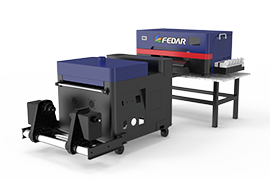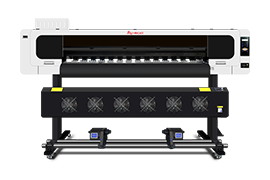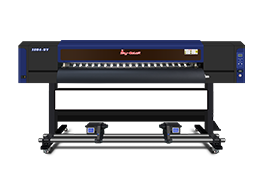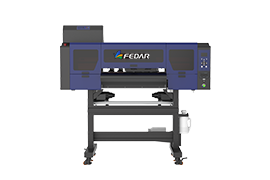Product Categories
- > Digital Textile Printer
-
- Fedar Sublimation Textile Printer
FEDAR FD61916E Sublimation Printer FEDAR FD1924 Sublimation Printer FEDAR FD1912S Sublimation Printer FEDAR FD61915E-A Sublimation Printer FEDAR FD5198E Sublimation Printer FEDAR FD51915E Sublimation Printer FEDAR FD53215E Sublimation Printer FEDAR FD61915E Sublimation Printer FD6198E 8 Heads Printer FD6194E 4 Heads Printer FD5194E 4 Heads Printer FD5328E 3.2m Printer FD5193E 3 Heads Printer Fedar TC Series Sublimation Printer(3heads,4heads,6heads)(Stop) FD5268E 2.6m Printer FD5223E 2.2m Printer (Stop) FD1900 2 Heads Printer AL193 3 Heads Printer (Stop) TC1932 2 Heads Printer (Stop)
- Fedar Direct Textile Printer
FDA3 DTF Printer FD70-5 DTF Printer FD70-3 DTF Printer (Stop) FD30 DTF Printer (Stop) FD60 DTF Printer FD70-4 DTF Printer FD65-2 DTF Printer (Stop) FD70-2 DTF Printer (Stop) TR 4180 (Stop) FD 680 DTG (Stop) FD1828 Belt cotton printer (Stop)
- Fedar Sublimation Textile Printer
DTF Heat Press vs. Sublimation Printing: What’s the Difference?
2025-06-031. Process & Materials
DTF Printing:
Uses a special PET film printed with ink, coated with adhesive powder, and then heat-pressed onto fabric.
Works on cotton, polyester, blends, and even dark fabrics (unlike sublimation).
No pretreatment required for most fabrics.
Sublimation Printing:
Requires sublimation ink transferred onto a polyester-coated substrate or fabric (at least 65% polyester) using heat.
The ink turns into gas and bonds with the fabric fibers, creating a permanent, vibrant print.
Only works on light-colored, polyester-rich materials or sublimation-coated surfaces (e.g., mugs, phone cases).
2. Print Quality & Durability
DTF:
Produces soft, flexible prints with good color vibrancy.
Can crack or fade over time with frequent washing if not applied correctly.
Better for detailed designs and dark fabrics.
Sublimation:
Offers high-resolution, fade-resistant prints that won’t peel or crack.
The print becomes part of the fabric, ensuring long-lasting durability.
Best for all-over prints (e.g., sportswear, leggings).
3. Cost & Setup
DTF:
Lower initial investment compared to sublimation.
Requires DTF printer, adhesive powder, and heat press.
More cost-effective for small batches and mixed fabrics.
Sublimation:
Needs a sublimation printer, special ink, and heat press.
Higher upfront cost but lower per-unit cost for large polyester garment orders.
4. Best Applications
Choose DTF for:
Cotton T-shirts, hoodies, and dark fabrics.
Small-batch or custom designs with multiple colors.
Choose Sublimation for:
Sportswear, activewear, and polyester-based products.
Full-color, all-over prints with seamless designs.
DTF is more versatile for different fabrics and colors, while sublimation excels in vibrant, permanent prints on polyester. Your choice depends on fabric type, budget, and desired durability.





